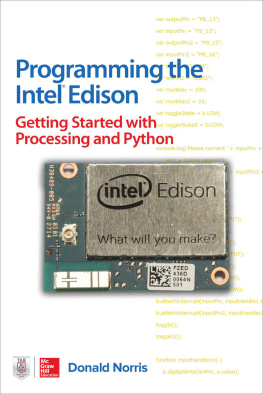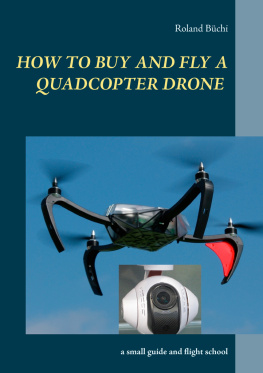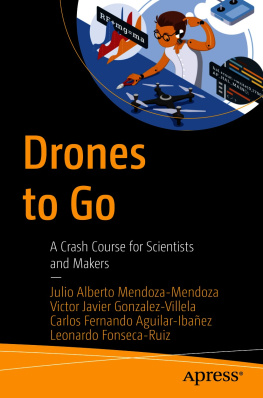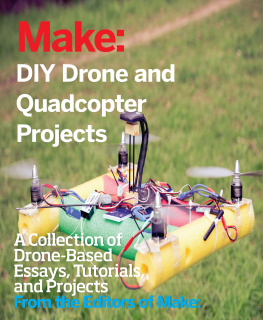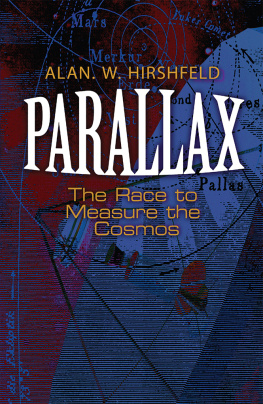
Copyright 2014 by McGraw-Hill Education. All rights reserved. Except as permitted under the United States Copyright Act of 1976, no part of this publication may be reproduced or distributed in any form or by any means, or stored in a database or retrieval system, without the prior written permission of the publisher.
ISBN: 978-0-07-182232-9
MHID: 0-07-182232-1
The material in this eBook also appears in the print version of this title: ISBN: 978-0-07-182228-2, MHID: 0-07-182228-3.
eBook conversion by codeMantra
Version 1.0
All trademarks are trademarks of their respective owners. Rather than put a trademark symbol after every occurrence of a trademarked name, we use names in an editorial fashion only, and to the benefit of the trademark owner, with no intention of infringement of the trademark. Where such designations appear in this book, they have been printed with initial caps.
McGraw-Hill Education eBooks are available at special quantity discounts to use as premiums and sales promotions, or for use in corporate training programs. To contact a representative please visit the Contact Us page at www.mhprofessional.com.
McGraw-Hill Education, the McGraw-Hill Education logo, TAB, and related trade dress are trademarks or registered trademarks of McGraw-Hill Education and/or its affiliates in the United States and other countries and may not be used without written permission. All other trademarks are the property of their respective owners. McGraw-Hill Education is not associated with any product or vendor mentioned in this book.
Information contained in this work has been obtained by McGraw-Hill Education from sources believed to be reliable. However, neither McGraw-Hill Education nor its authors guarantee the accuracy or completeness of any information published herein, and neither McGraw-Hill Education nor its authors shall be responsible for any errors, omissions, or damages arising out of use of this information. This work is published with the understanding that McGraw-Hill Education and its authors are supplying information but are not attempting to render engineering or other professional services. If such services are required, the assistance of an appropriate professional should be sought.
TERMS OF USE
This is a copyrighted work and McGraw-Hill Education and its licensors reserve all rights in and to the work. Use of this work is subject to these terms. Except as permitted under the Copyright Act of 1976 and the right to store and retrieve one copy of the work, you may not decompile, disassemble, reverse engineer, reproduce, modify, create derivative works based upon, transmit, distribute, disseminate, sell, publish or sublicense the work or any part of it without McGraw-Hill Educations prior consent. You may use the work for your own noncommercial and personal use; any other use of the work is strictly prohibited. Your right to use the work may be terminated if you fail to comply with these terms.
THE WORK IS PROVIDED AS IS. McGRAW-HILL EDUCATION AND ITS LICENSORS MAKE NO GUARANTEES OR WARRANTIES AS TO THE ACCURACY, ADEQUACY OR COMPLETENESS OF OR RESULTS TO BE OBTAINED FROM USING THE WORK, INCLUDING ANY INFORMATION THAT CAN BE ACCESSED THROUGH THE WORK VIA HYPERLINK OR OTHERWISE, AND EXPRESSLY DISCLAIM ANY WARRANTY, EXPRESS OR IMPLIED, INCLUDING BUT NOT LIMITED TO IMPLIED WARRANTIES OF MERCHANTABILITY OR FITNESS FOR A PARTICULAR PURPOSE. McGraw-Hill Education and its licensors do not warrant or guarantee that the functions contained in the work will meet your requirements or that its operation will be uninterrupted or error free. Neither McGraw-Hill Education nor its licensors shall be liable to you or anyone else for any inaccuracy, error or omission, regardless of cause, in the work or for any damages resulting therefrom. McGraw-Hill Education has no responsibility for the content of any information accessed through the work. Under no circumstances shall McGraw-Hill Education and/or its licensors be liable for any indirect, incidental, special, punitive, consequential or similar damages that result from the use of or inability to use the work, even if any of them has been advised of the possibility of such damages. This limitation of liability shall apply to any claim or cause whatsoever whether such claim or cause arises in contract, tort or otherwise.
To my wife Karen for her continuing and unwavering love and support despite the
onslaught of spontaneous lectures from yours truly.
To my children Shauna, Heath, and Derek who, while loving and supporting me,
would never put up with my lectures as adults.
About the Author
Donald Norris has a degree in electrical engineering and an MBA specializing in production management. He is currently teaching undergrad and grad courses in the IT subject area at Southern New Hampshire University. He has also created and taught several robotics courses there. He has over 30 years of teaching experience as an adjunct professor at a variety of colleges and universities.
Mr. Norris retired from civilian government service with the U.S. Navy, where he specialized in acoustics related to nuclear submarines and associated advanced digital signal processing. Since then, he has spent more than 17 years as a professional software developer using C, C#, C++, Python, and Java, as well as 5 years as a certified IT security consultant.
Mr. Norris started a consultancy, Norris Embedded Software Solutions (dba NESS LLC), which specializes in developing application solutions using microprocessors and microcontrollers. He likes to think of himself as a perpetual hobbyist and geek, and is always trying out new approaches and out-of-the-box experiments. He is a licensed private pilot, active member of the Civil Air Patrol, photography buff, amateur radio operator, and avid runner.
Mr. Norris is also the author of the TAB McGraw-Hill book Raspberry Pi Projects for the Evil Genius.
Contents
Preface
I t was a bit of a surprise to me when my editor, Roger Stewart, asked me if I was interested in writing a book about building and flying quadcopters. It seems Roger had been interested in having a book written about this hot topic for some time. I remember mentioning to him that I had recently built a good-sized quadcopter, just because it was a fun thing to do, and I was quite interested in the technology that permitted these aircraft to not only fly but also be manually controlled precisely, or even be set to fly autonomously. I accepted his offer, and the book you now have in your hands or are viewing on an electronic device is the result of that chance discussion.
I must admit I am somewhat of a multirotor geek hobbyist, having two Parallax Elev-8 units, one octocopter and one micro-sized quadcopter. I must also warn you that this hobby is addictive and you will soon see yourself surrounded by quadcopters and, more likely, pieces and parts of quadcopters, which is just part of the price you pay to enjoy this hobby. But have no fear, it is perfectly possible to minimize damage yet thoroughly enjoy flying your quadcopter for many, many enjoyable hours.
I would like now to give you my high-level view (pun intended) of this book and what I hope you will gain from reading it. First, and most likely foremost, in the minds of readers is that you will be able to successfully build the Parallax Corporations Elev-8 quadcopter kit by following the instructions in this book, which are detailed in . I will honestly say that these instructions are mainly from the Parallax assembly instructions with plenty of additional information that I have provided to clarify and amplify the company-provided instructions. Having said that, I will emphasis that this book is a lot more than a missing manualtype book. As an educator, I feel somewhat responsible that my readers get not only what is needed to build a quadcopter but also a lot more in terms of an education about all the technologies that make up todays sophisticated quadcopters. With that in mind, I will explain all the principal components that constitute a modern quadcopter in sufficient detail so that you should feel comfortable deciding which components you can or should modify to suit your own needs and desires. I would also like to mention that the quadcopter that is being discussed in this book would likely be classified as professional or semiprofessional in nature so as to be distinguished from the flood of very cheap manufactured toy quadcopters. I am not being derisive toward the toys, as they have their place, but it is totally wrong to lump the two types together, as you will see as you progress through this book. Now, I will gently step down from my soapbox and proceed to tell you what to expect in this book.
Next page

